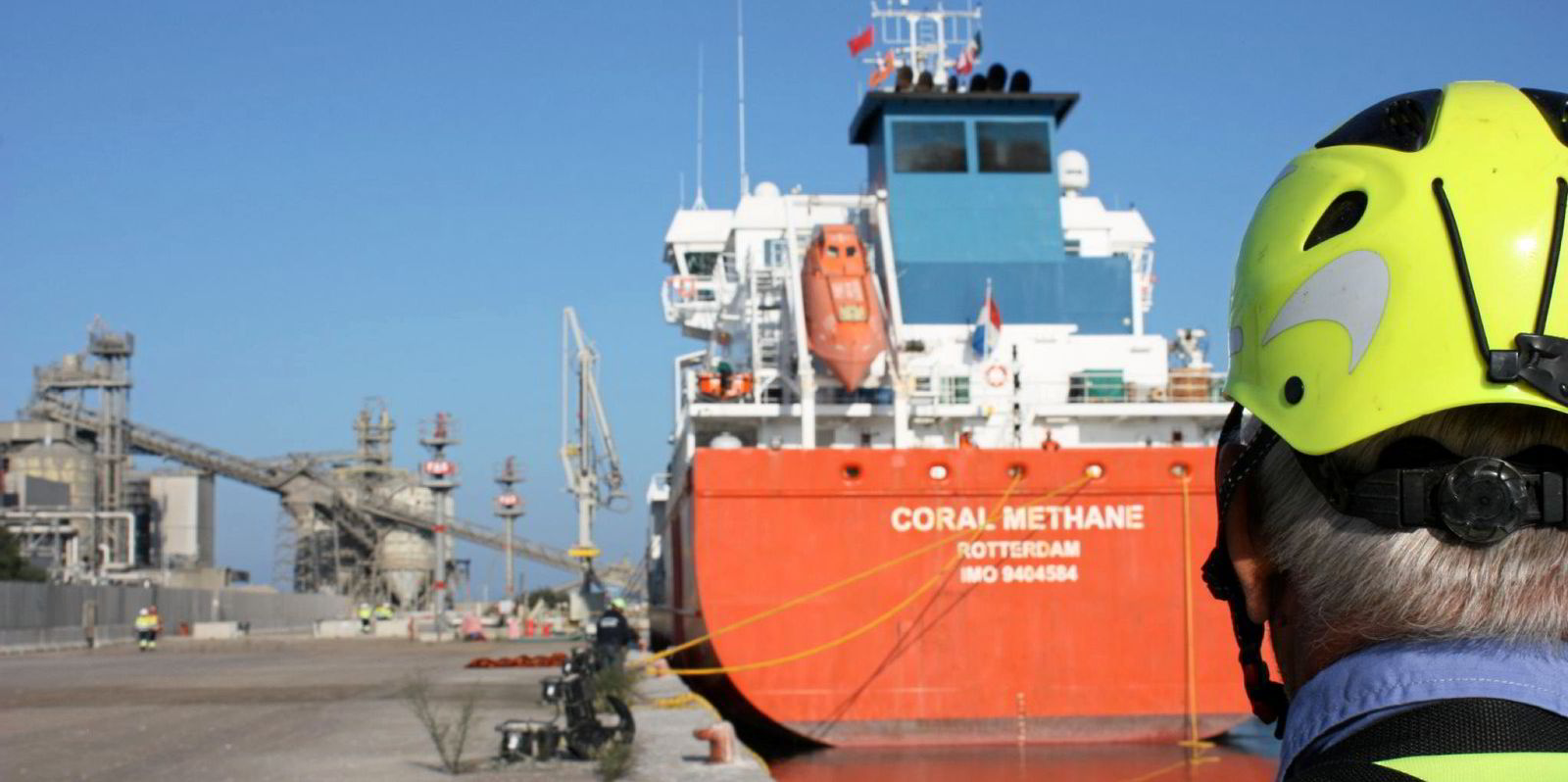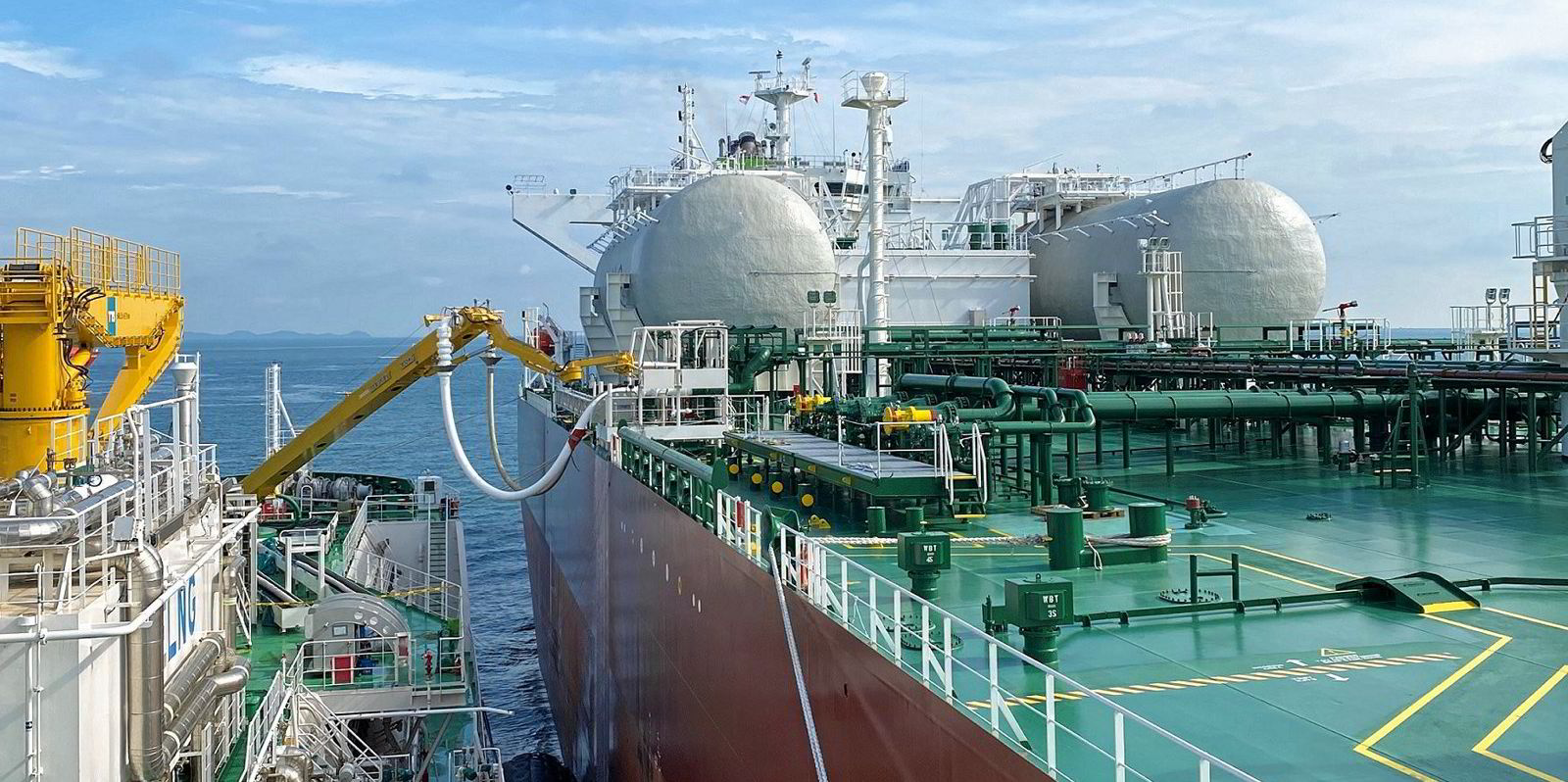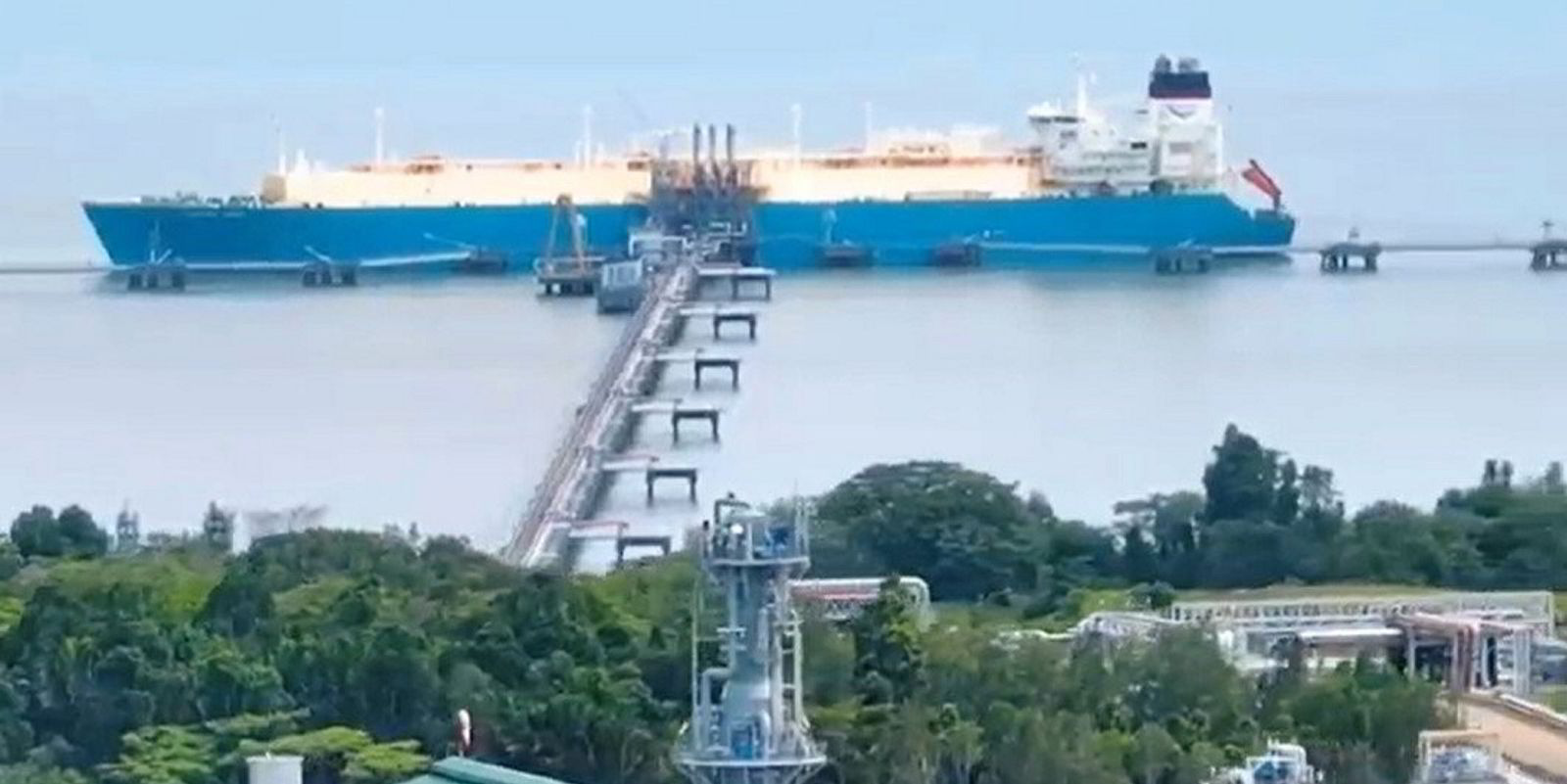LNG is required to iron out the volatility in the gas markets as the world moves to decarbonise, according to the International Gas Union.
In its annual Global Gas Report 2023, the IGU describes LNG as “a critical energy source that is flexible, abundant and efficient”.
It references LNG as having “saved Europe” last year in the face of Russia cutting off its pipeline gas supply to the region. It said it is delivering essential energy transition flexibility now and in the future, which will become increasingly necessary in a decarbonised world.
But the IGU adds that LNG will also need to be decarbonised.
The report highlights the use of small-scale LNG to give increased energy access.
It also says that existing LNG infrastructure can be repurposed for clean and low-carbon alternative fuels, such as hydrogen and other low carbon gases.
Looking at the global gas picture, the IGU said that analysis of future potential trajectories of global gas demand towards 2030 and beyond reveals “unprecedented uncertainty”.
Its authors said this introduces “a significant level of risk into the gas markets and raises questions about the investments needed”.
The IGU says a prolonged period of low investment in the development of natural gas resources over the past decade has been a major factor contributing to the current supply shortage and calls for new investment in the sector.
The report details that investment levels in gas supply development have fallen by 58% between 2014 and 2020 and only started marginally to recover in 2021.
It said the current total existing and approved gas production level is expected to reach about 4,100 bcm in 2023 but is projected to decline to about 3,100 bcm in 2030 due to asset maturation and natural decline, 1,850 bcm in 2040 and to just under 1,000 bcm by 2050.
Imperative
The IGU says that natural gas will continue to play a pivotal role in the energy transition. But it adds that the gas sector will also need to undergo a process of decarbonisation.
“This is imperative, and we call for an acceleration in the deployment of carbon capture, low carbon, and renewable gases,” the IGU said.
“We also stress that doubling down on the elimination of methane emissions is required to make this transition possible.”
The report looks at the future pathways for natural gas, low carbon and renewable gases to drive the energy transition.
It talks about the need for energy conservation and efficiency to minimise demand.
“We emphasise that only gas investments capable of demonstrating their future-proofing and excellence in reducing methane emissions are likely to succeed,” the IGU said.





